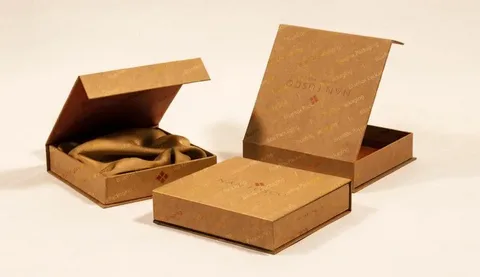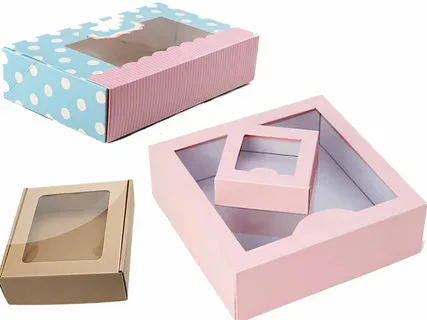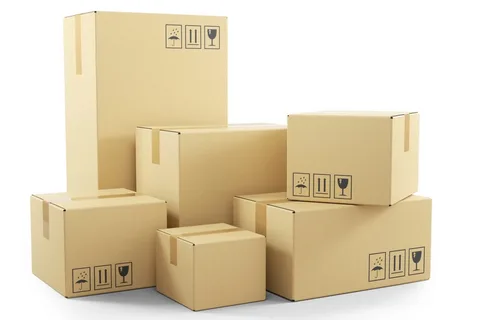Perfume, with its ability to evoke emotions and memories, has been a cherished luxury for centuries. However, the art of perfume packaging boxes design, which serves as both a protective casing and a visual representation of the fragrance within, has a fascinating history that spans centuries. In this exploration, we’ll delve into the evolution of perfume packaging boxes design, tracing its origins, influences, and innovations over time.
Origins of Perfume Packaging Boxes Design
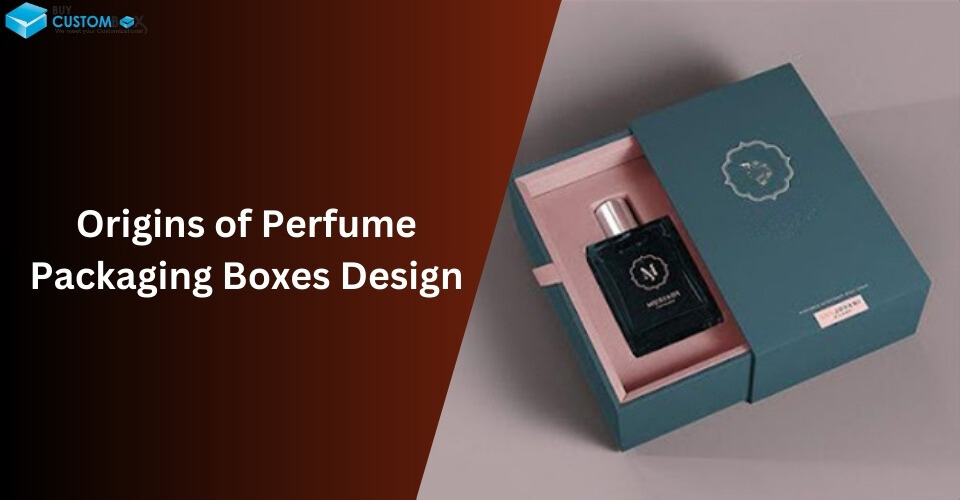
The concept of packaging perfume in boxes dates back to ancient civilizations, where fragrant oils and essences were prized for their therapeutic and aromatic properties. In ancient Egypt, for example, perfume containers were often intricately decorated with hieroglyphics, symbols, and motifs that reflected the culture’s reverence for beauty and ritual. These early forms of packaging laid the groundwork for the development of more sophisticated perfume packaging boxes designs in later centuries.
Influence of Art and Culture
As perfume-making techniques evolved and trade routes expanded, the art of perfume packaging boxes design began to reflect the artistic and cultural influences of different regions and civilizations. In medieval Europe, for example, perfume packaging boxes were often embellished with intricate carvings, ornate metalwork, and richly colored enamels inspired by Gothic and Renaissance art. Similarly, in the Far East, perfume packaging boxes were adorned with delicate hand-painted designs and intricate lacquer work influenced by traditional Asian aesthetics.
The Rise of Luxury Perfumery
The 18th and 19th centuries saw the rise of luxury perfumery in Europe, with renowned perfumers such as François Coty and Guerlain creating exquisite fragrances for royalty and the elite. As demand for luxury perfumes grew, so too did the need for elegant and sophisticated packaging to match the quality of the products. perfume packaging boxes design during this period became increasingly ornate and opulent, featuring lavish materials such as velvet, silk, and gold leaf, as well as intricate embossing and decorative detailing.
Industrialization and Mass Production
The advent of industrialization in the 19th century revolutionized the perfume industry, making fragrances more accessible to a wider audience. With the introduction of mechanized manufacturing processes, perfume packaging boxes design became more standardized and streamlined, with an emphasis on efficiency and cost-effectiveness. Cardboard boxes replaced elaborate wooden and metal containers, while lithographic printing techniques allowed for mass production of colorful and eye-catching designs.
Art Deco and Modernism
The early 20th century saw the emergence of Art Deco and Modernism as dominant design movements, influencing perfume packaging boxes design with their emphasis on geometric shapes, bold colors, and streamlined aesthetics. perfume packaging boxes from this period often featured sleek and minimalist designs, with stylized typography, abstract patterns, and graphic illustrations that reflected the spirit of the age. Brands such as Chanel and Dior embraced these design trends, creating iconic perfume bottles and packaging that epitomized the glamour and sophistication of the era.
Contemporary Trends and Innovations
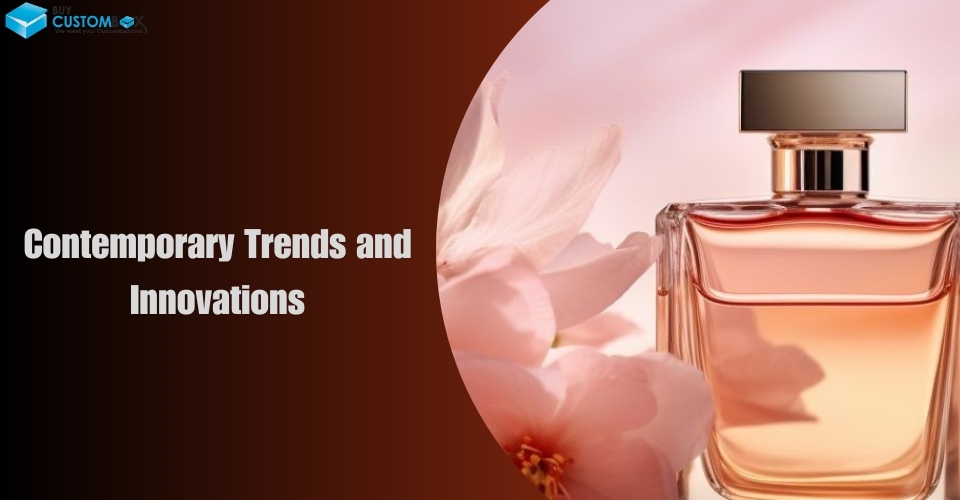
In the 21st century, perfume packaging boxes design continues to evolve in response to changing consumer preferences and technological advancements. Sustainable packaging materials, minimalist designs, and customizable options are increasingly popular, reflecting a growing awareness of environmental concerns and a desire for personalization. Additionally, digital technologies such as augmented reality and interactive packaging are being used to enhance the consumer experience and create more immersive brand interactions.
Conclusion:
In conclusion, the evolution of perfume packaging boxes design is a testament to the enduring allure of fragrance and the artistry of packaging. From ancient civilizations to modern-day innovations, perfume packaging boxes have served as both functional containers and works of art, reflecting the cultural, artistic, and technological trends of their time. As the perfume industry continues to evolve, so too will the designs of perfume packaging boxes, ensuring that they remain a timeless and integral part of the fragrance experience for generations to come.




